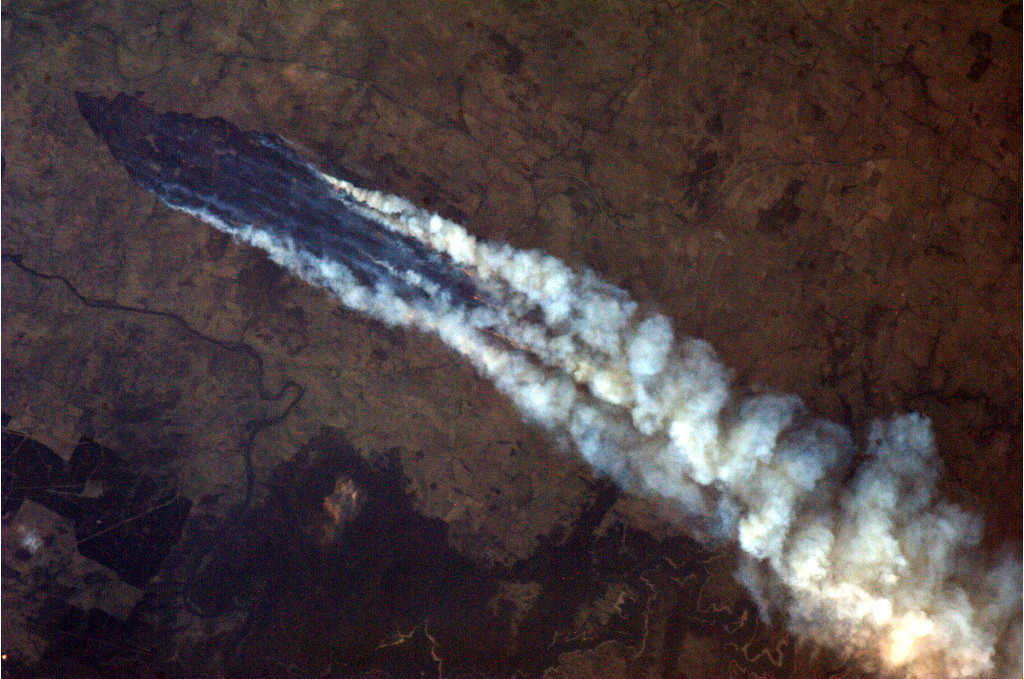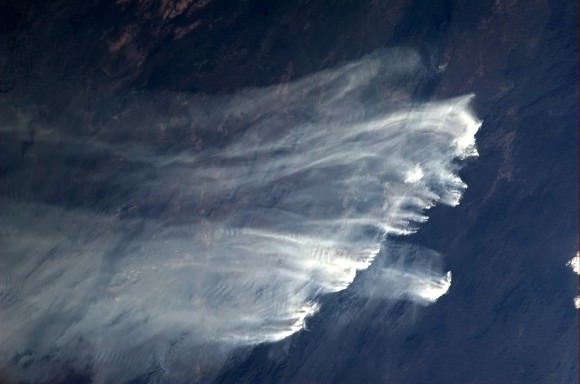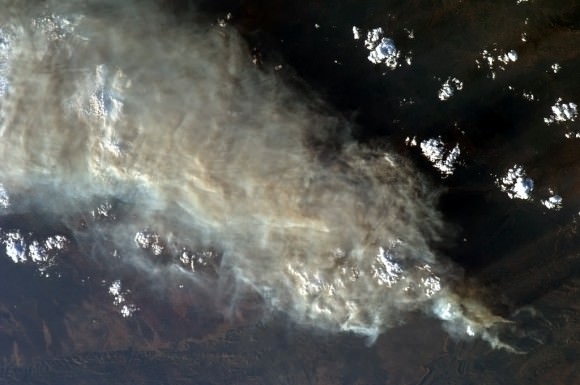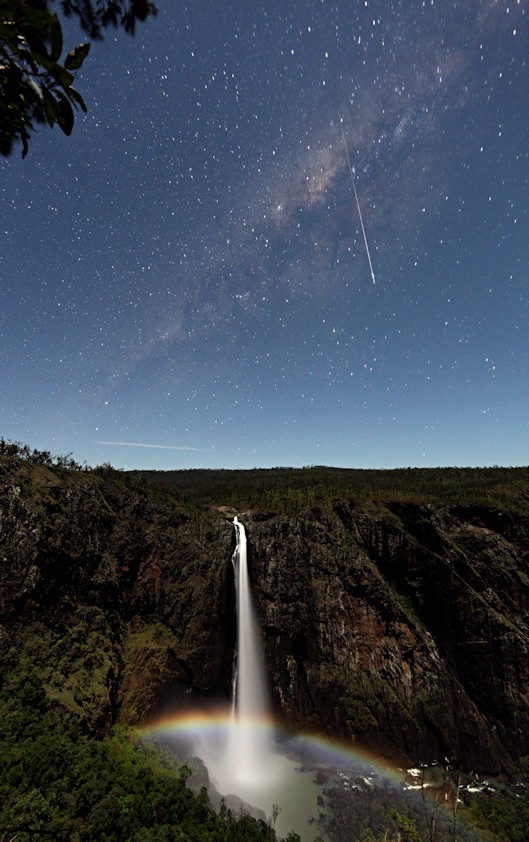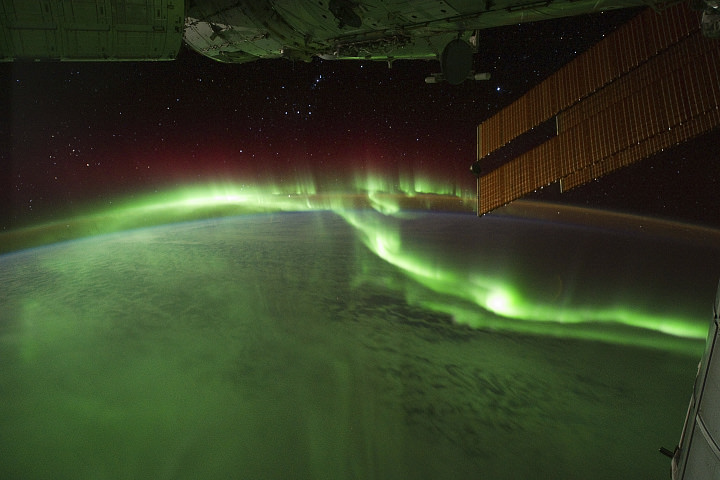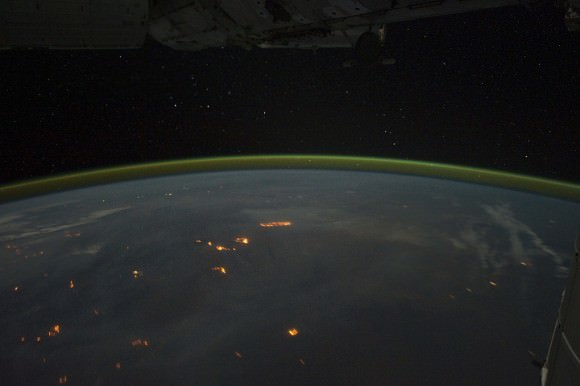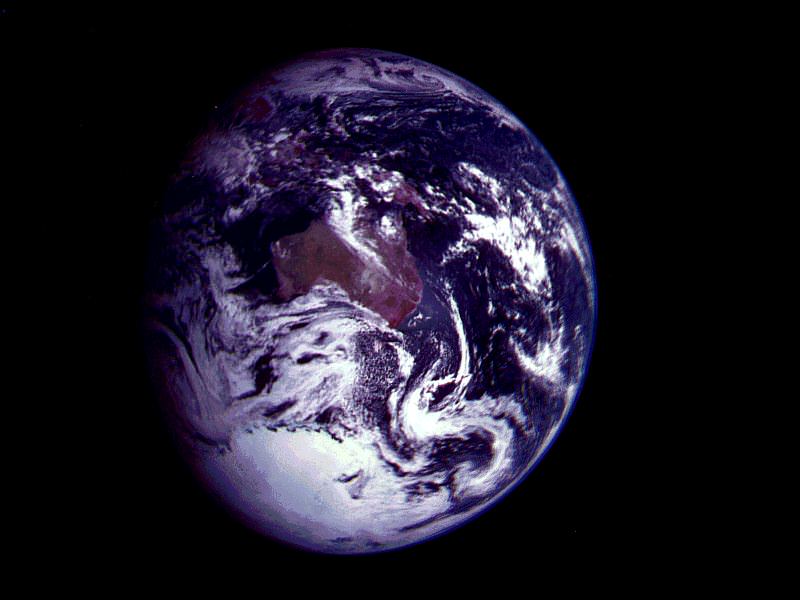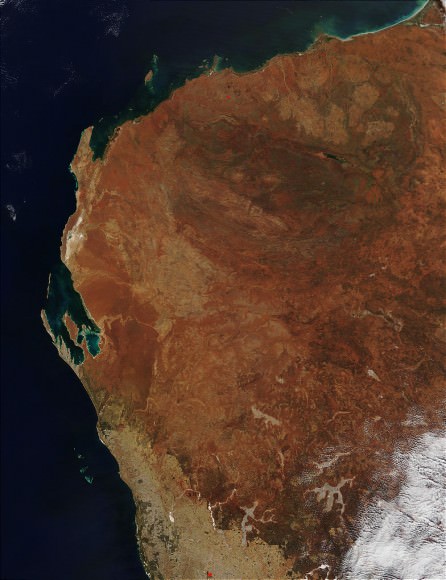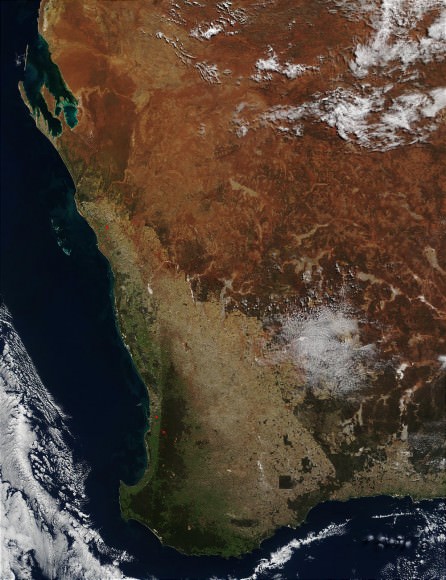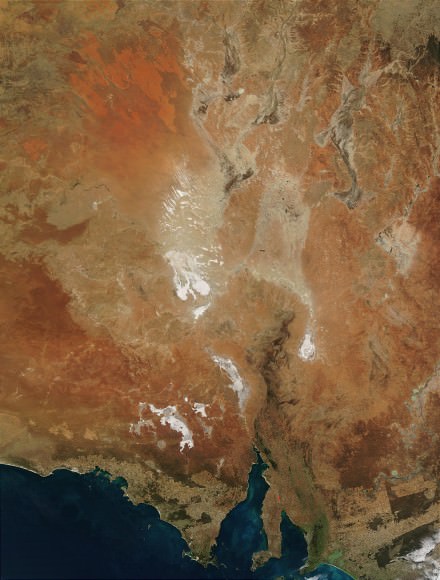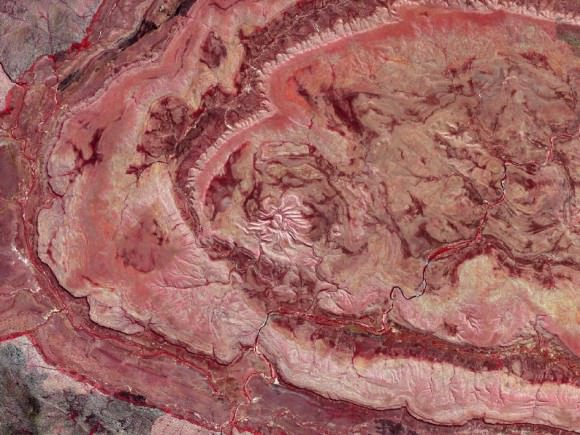[/caption]
Geothermal energy researchers from the University of Queensland in Australia have identified what may be the second largest meteorite impact crater in Australia. Dr. Tonguç Uysal of the University of Queensland and Dr. Andrew Glikson of Australian National University identified rock structures that appear to have formed because of the shock of a meteorite impact. Their discovery was made while doing geothermal energy research in the Cooper Basin, which lies on the border between Queensland and South Australia.
The meteorite that caused the impact was likely 8 to 12 km in diameter (5 to 7.5 miles), Dr. Glikson said in an interview. It is also possible that a cluster of smaller meteorites impacted the region, so further testing is needed to pin down the exact nature of the impactor. The impact likely occurred over 300 million years ago, and the shock of the impact altered rock in a zone 80 km (50 miles) in diameter.
Dr. Glikson said, “Dr Uysal is studying the geochemistry and isotopes of granites from the basement below the Cooper Basin and observed potential shock lamella in the quartz grains.” Distinctive features of a shock due to a violent event such as a volcanic eruption, meteorite impact or earthquake are preserved in the rock surrounding such an event. In the case of the Cooper Basin impact, “penetrative intracrystalline planar deformation features” – essentially microscopic lines oriented in the same direction – were discovered in quartz grains. Additionally, the magnetic orientation of some of the rocks is slightly altered, further evidence of an impact event.
The impact structure itself may extend 10,000 square kilometers ( 3,850 square miles) and 524 meters (1,700 feet) deep, though Dr. Glikson said that further studies of the area include, “Studies of the geophysical structure of the basement below the Cooper Basin aimed at defining the impact structure.”
There is significant interest in the Cooper Basin as a source of geothermal energy, and there are several oil and gas companies currently mining the region, which is an important on-shore repository of petroleum. The impact event is likely the reason why this region is such a hotspot for geothermal activity.
“Large impacts result in a hydrothermal cell (boiling of ground water) which effect redistribution and re-concentration of K [potassium], Th [thorium] and U [uranium] upwards in the crust, hence elevated generation of heat from crustal zones enriched in the radiogenic elements,” Dr. Glikson explained.
The recent discovery of this impact crater makes it the second largest in Australia, second only to the Woodleigh impact structure (120 km in diameter), which was produced by an asteroid 6 to 12 km (4 to 8 miles) across, about 360 million years ago.
Dr. Glikson and Dr. Uysal will be presenting their findings at the upcoming Australian Geothermal Energy Conference in Adelaide, which runs from the 16th – 19th of November. They also plan to have their results published in a peer-reviewed journal, Dr. Glikson said. You can read a preliminary abstract of their conference paper here.
Source: Queensland University press release, conference paper abstract, interview with Dr. Andrew Glikson


